On 18th August, 1920, Tennessee House Representative Harry Thomas Burn walked up to take his State’s choice on the issue of women’s right to vote. He wore a red rose on his coat marking his anti-suffragist stance. However, the unbelievable happened. Tennessee voted in favor of the amendment, thus finally giving the women in United States the right and a role in democracy. Triggering this change of heart, was a letter from his mother tucked in Burn’s coat pocket. “Don’t forget to be a good boy”, it read. He didn’t disappoint. And the world couldn’t be more grateful for this timely transformation.
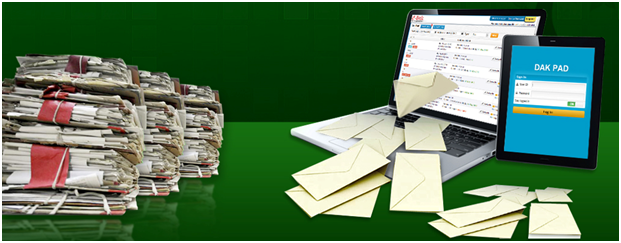
History is thus a witness to the power of letters. National Archives store dated ink signed letters written by governments, leaders & citizens that have been known to transform the course of socio-economic & political paradigms worldwide. Since every important decision in government is enabled by a letter, these correspondence processes need to be swift & transparent to ensure good governance. In India, adopted from the colonial era, such processes have taken the shape of rules to enable a zero-error correspondence system that functions efficiently. Rules on handling (i.e. issue and receipt) of government letters are defined by the Govt. of India in the Central Secretariat Manual of Office Procedure, from which all states derive their own office procedure or business rules for administration.
However, inefficiencies have crept in, owing to the surge in number of government offices and the volume of correspondences therein. Letters could be delayed up to months or even go missing in transit, often causing embarrassment. Whether for allocation of funds for emergency medical assistance or award of a public works contract, government letters carry immense value. This creates room for rent-seeking, red-tapism and manipulation to ensure that letters are received and actioned upon in time.
Let us see some numbers to understand the magnitude. Ranging from the office of the Executive Engineer to Primary Health Centers, we are looking at about 10,000 government offices in any major state of India. Since there is a letter for every order, instruction, decision or report, we can safely assume that there are about 10 letters issued by each office each day. Factoring a minimal postage stamp cost of 10 per letter, the government spends close to 1 million every day on dispatching 1,00,000 letters to recipients. Added to this is the cost to the exchequer because of delay, causing a rippling effect on the entire establishment.
All administrators across the country acknowledge the pain in this process. Over the last three decades, Govts., have been pushing for digital transformation in alignment with the prevailing procedures to balance the considerations of speed, quality, transparency and propriety in correspondence, records & file management. The first big attempt was made by the then IT savvy CM of undivided Andhra Pradesh in early 2000 by introducing e-Office system. It caught up like wildfire and many states and the central ministries followed the same suit. Unfortunately, most of them either failed to take-off or collapsed at the same speed at which they were hastily adopted. Why? Because it was implemented as a plug and play solution. The only state where success in e-Office is noteworthy is Odisha. Surprisingly the entire State Secretariat at Bhubaneswar (ranging from the Chief Minister to the section officer) do digital correspondence, records & file management using IT systems. It has taken about 10 years of consistent thrust and belief by a rock-solid leadership in the government, to recognize the prolonged time such interventions take. The challenge of rolling out the solution across the state will probably take another decade,for which I don’t have any doubt.
But should the Governance suffer till then?
If ink letters from sender to addressee is a byzantine, slothful and cumbersome problem, then why wait till then? And, that too in the 21st century with Digital India. The truth is that there’s always an opportunity for incremental innovation. And that is what been applied with a simple yet high impact letter tracking system “e-Despatch” (www.edodisha.gov.in) that has already been implemented in around 6000 govt. offices (out of total 9000 offices) & has dispatched more than 1.32 Cr letters online. A bereaved child has been informed about the issuance of his father’s death certificate, an industrialist has learnt of the grant of subsidy for his project — the list of the lives touched & the impact created is endless. The ease of use & the immediate results of this GovTech intervention has encouraged officers across levels to warm up to a digital way of life.
As they say the best is often the enemy of the good. Paperless offices still remain a cliché. AI and machine learning are buzzwords. Like a journey for a thousand miles starts with a single step, e-Governance starts with letters that are surely, securely delivered with speed. This story proves that more often than not; digital transformation is not about introducing disruptive technology but driving better value for stakeholders through small changes. Managing change for millions of government employees across emerging economies needs to be a gradual process backed with immaculate planning.
Whoever said that “Rome was not built in a day” was a man of profound wisdom!
The author is Priyadarshi Nanu Pany, founder & CEO of CSM Technologies. This article was originally published on his Medium profile.










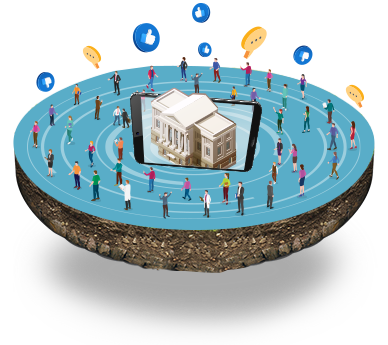


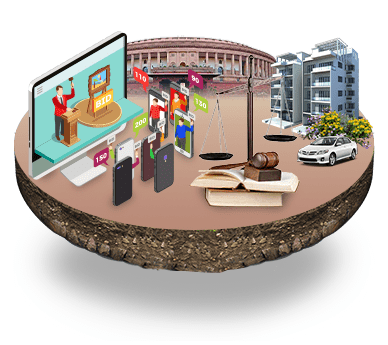








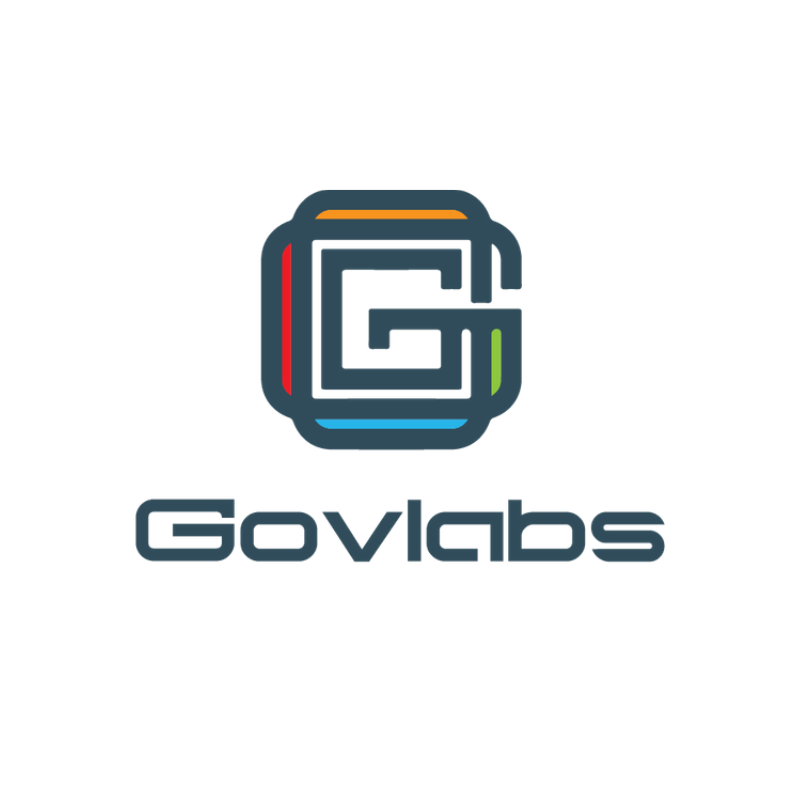










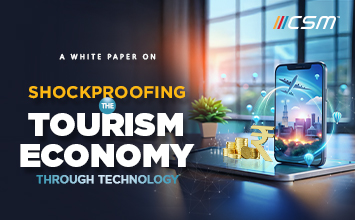


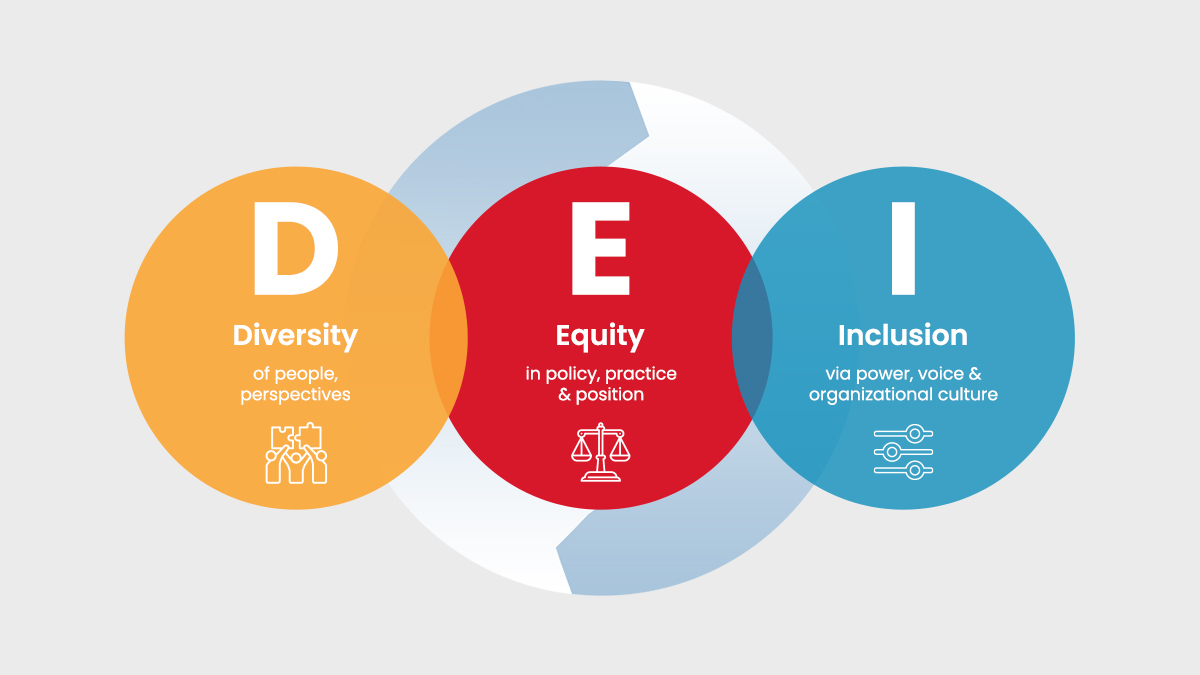




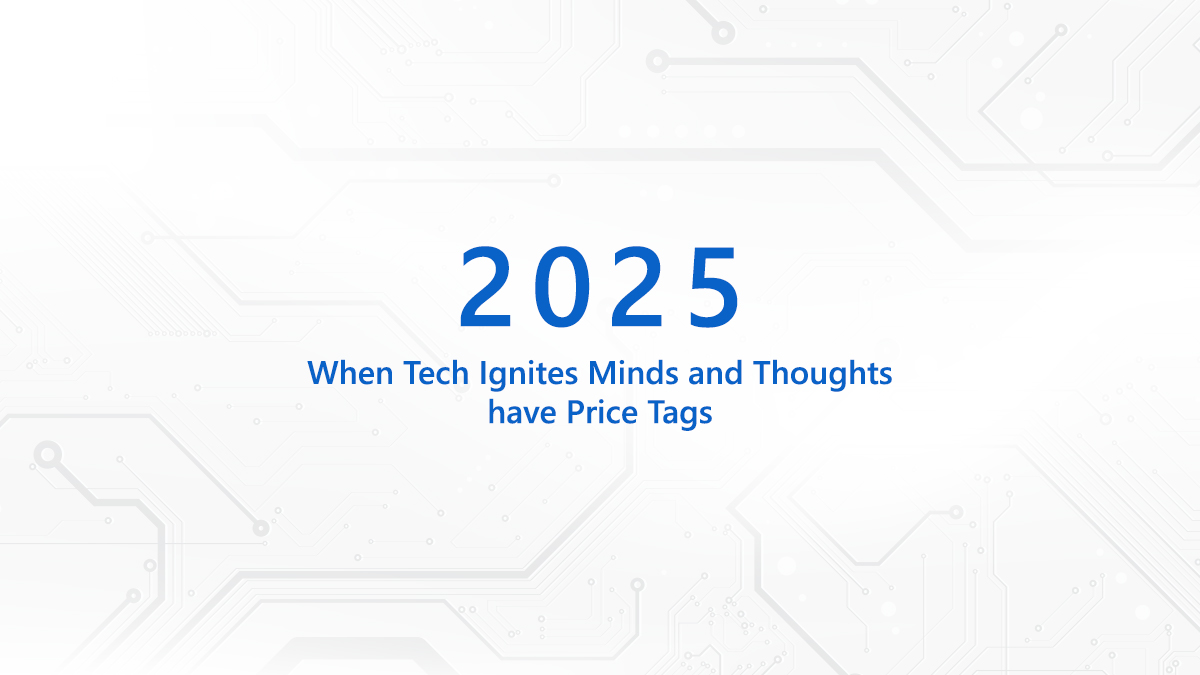
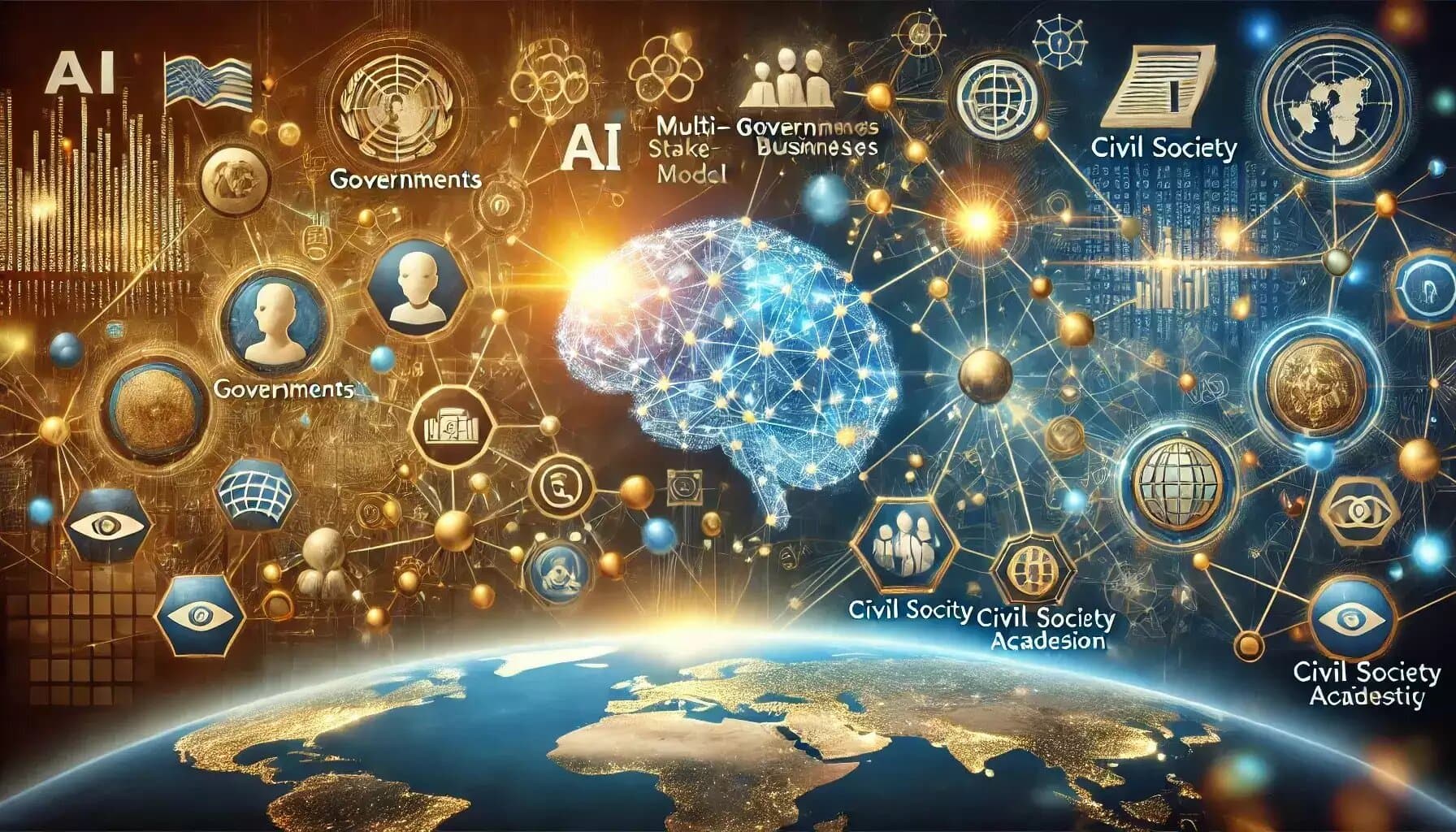












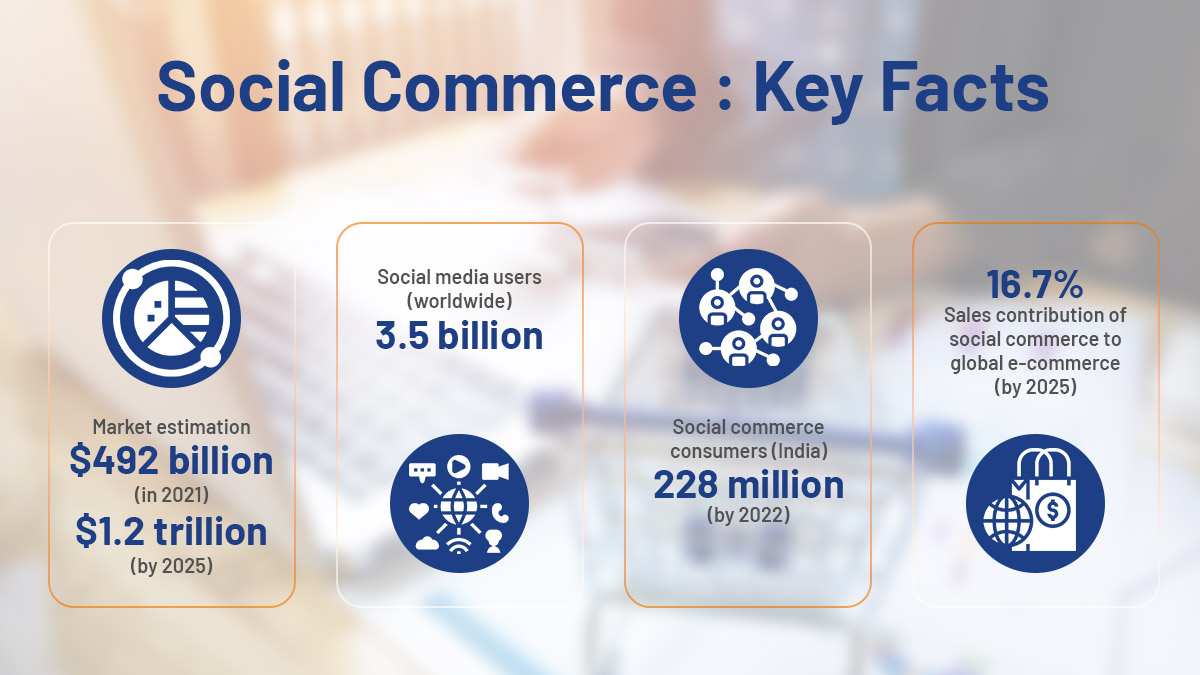


We will verify and publish your comment soon.